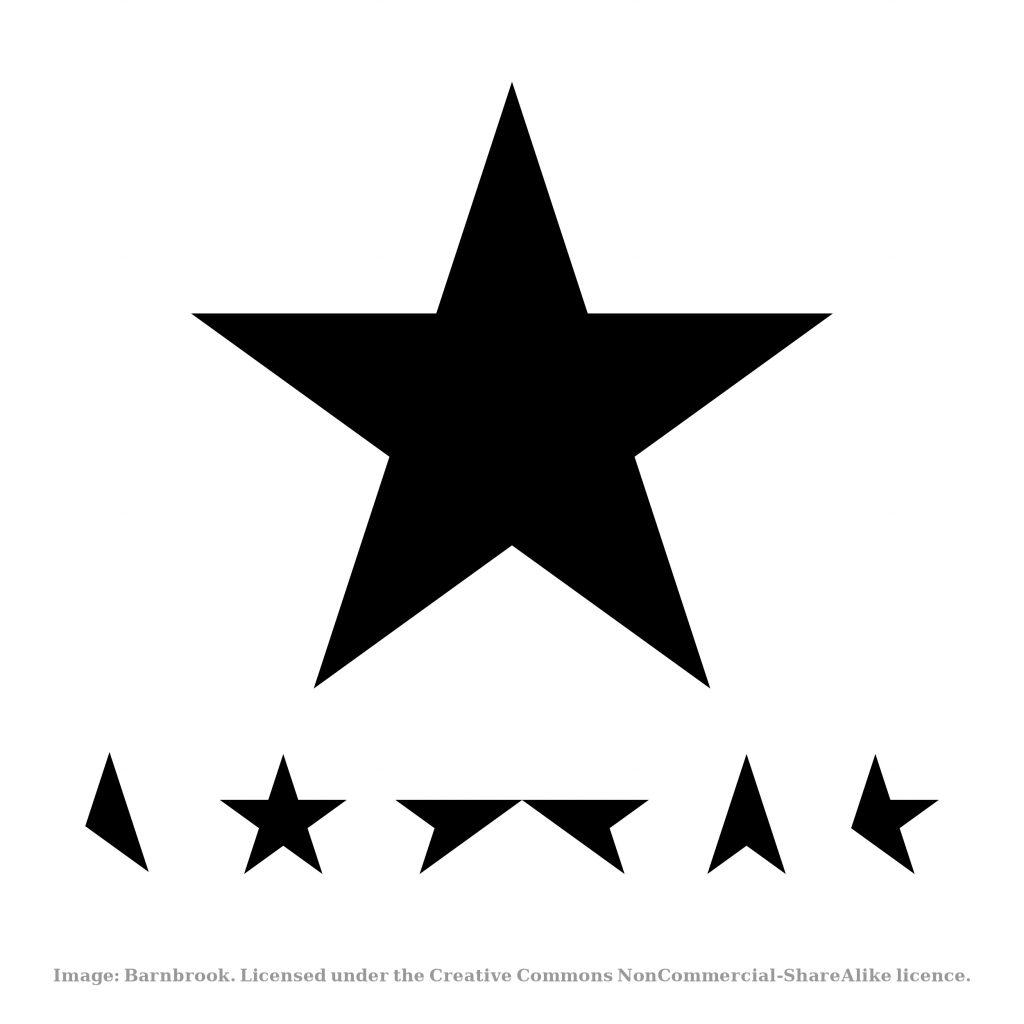Gather round, children and listen to Grandma reminiscin’ ‘bout the days when studying comics meant changing out of your pajamas and showing up at the bursar’s office, check in hand.
Actually, Grandma’s full of it. Graphic novels are enjoying unprecedented popularity and educators are turning to comics to reach reluctant readers, but as of this writing, there still aren’t that many programs for those interested in making a career of this art form.
The California College of the Arts is a notable exception. You can get your MFA in Comics there.
Even better, you need not enroll to sample the 5 week course, Comics: Art in Relationship, led by Comics MFA chair and Eisner Award-nominated author of The Homeless Channel, Matt Silady.
You might write the next Scott Pilgrim.
Or ink the next Fun Home.
At the very least, you’ll learn a thing or two about layout, the relationship of art to text, and using compression to denote the passage of time.
It’s the sort of nitty gritty training that would benefit both veterans and newbies alike.
Ready to sign up? The free course, which starts in February, will require approximately 10 hours per week. The syllabus is below.
Session 1: Defining Comics
Identify key relationships in sample texts & demonstrate the use of various camera angles on a comics page
Session 2: Comics Relationships
Create Text-Image and Image-Image Panels
Session 3: Time And Space
One Second, One Hour, One Day Comics Challenge
Session 4: Layout And Grid Design
Apply multiple panel grids to provided script
Session 5: Thumbnails
Create thumbnail sketches of a multipage scene
Related Content:
Kapow! Stan Lee Is Co-Teaching a Free Comic Book MOOC, and You Can Enroll for Free
Download 15,000+ Free Golden Age Comics from the Digital Comic Museum
1,700 Free Online Courses from Top Universities
Ayun Halliday is an author, illustrator, and Chief Primatologist of the East Village Inky zine. Follow her @AyunHalliday



